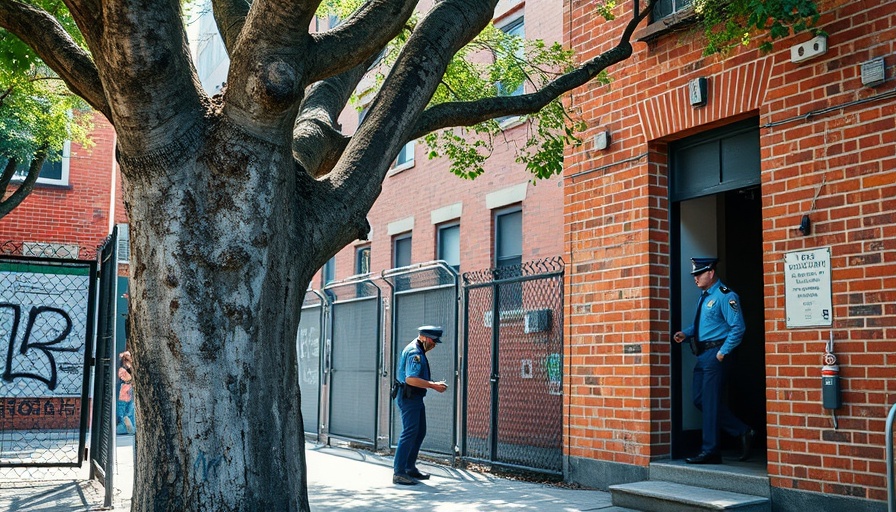
Overview of New Cycling Infrastructure in Manhattan
The recent debut of wider bike lanes across several Manhattan avenues comes as part of New York City's initiative to enhance cycling safety and accessibility. Transitioning from narrow lanes to expanded spaces aims to support the increasing number of cyclists while also improving pedestrian safety. According to NYC DOT Commissioner Ydanis Rodriguez, this project marks a crucial step in addressing the growth in cycling experiences throughout the city.
Promising Safety Statistics
Research conducted by the New York City Department of Transportation indicates that protected bike lanes lead to a dramatic reduction in casualties—reducing total deaths and serious injuries by 18.1 percent, with pedestrian deaths decreasing by an impressive 29.1 percent. This statistic is vital as it directly supports the city’s goal to create safer streets for all users.
Challenges Persist Despite Progress
While the installation of these bike lanes reflects a positive shift towards safer urban transport, concerns regarding rider behavior remain prevalent. Observations reveal that approximately half of cyclists continue to flout traffic laws, navigating bike lanes dangerously or disregarding established rules. This trend raises questions about whether infrastructure investments alone can secure behavior changes among riders.
The Role of Enforcement in Safety
Experts in urban safety argue that stricter educational and enforcement measures are necessary to accompany infrastructure enhancements. The existing framework of fines for traffic violations often fails to deter reckless behavior among cyclists, leading to suggestions that cities need to introduce escalating fines, similar to recent proposals from the Taxi and Limousine Commission, to penalize repeated offenders effectively.
A Vision for the Future of Urban Cycling
Looking forward, the ongoing discussions around escalating fines and the adoption of technology such as automated cameras to monitor bike lane violations suggest a potential shift in how urban cycling is regulated. Advocates argue that reinforcing the importance of obeying traffic laws is essential if cities are to realize their vision of safer, more bike-friendly environments.
In conclusion, while the expansion of bike lanes in Manhattan presents numerous safety benefits, addressing the rider behavior through comprehensive enforcement and public education is equally vital. For New York City to maintain its progress and ensure the safety of all road users, a collaborative approach will be necessary.
 Add Row
Add Row  Add
Add 




Write A Comment